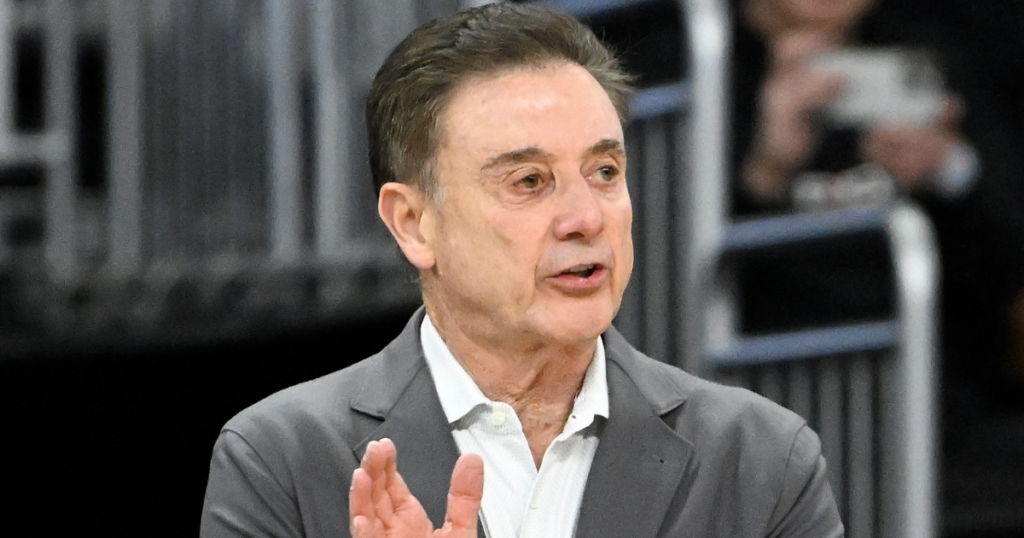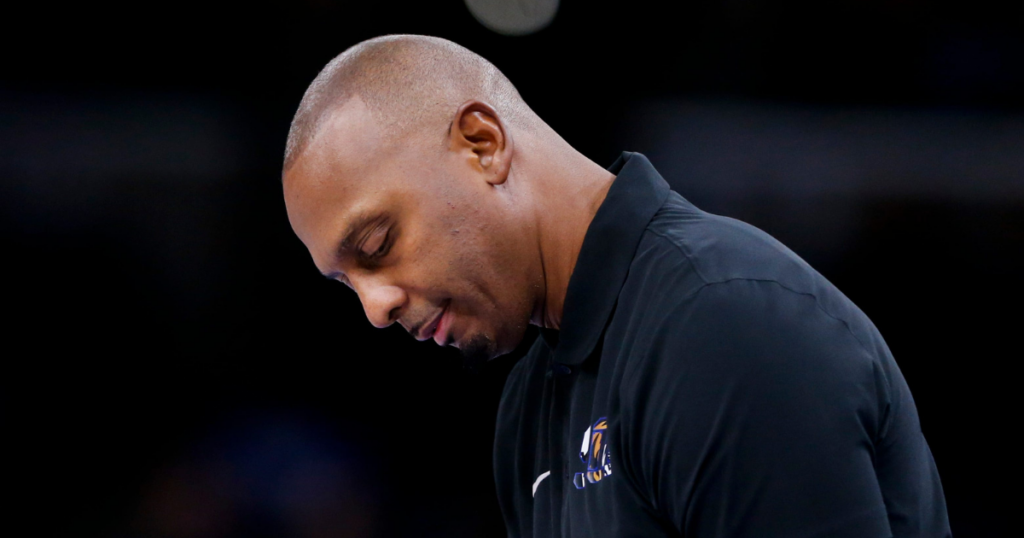College basketball winners, losers from House settlement decision
The historic House settlement decision came down last week, setting the tone for a new era of college sports. Athletic departments across the country now have a new set of rules to play by, from revenue sharing to roster limits, but it will not impact everyone the same way.
From sport to sport, the reaction will be different. In college basketball, there is widespread concern over how it could impact teams from the Power Four to the mid-major level. Clear answers might not emerge for several years as the adjustment it made, but the initial indicators point to clear winners and losers.
Here is a breakdown of which conferences and programs fit into each category moving forward.
Winners

Big East
The Big East conference enters the new era of college athletics with a unique position, bringing a group of programs which prioritize basketball over football into a world which artificially caps the ability of schools to invest in both. While the conversation surrounding the benefit could be outsized, it provides each coach with an easier view of the change.
Where the conversation on benefit moves past reality comes with the $20.5 million number. While that is the maximum, it is based on the incoming revenue. In the case of the Big East, the current TV deal disperses about $7 million to each school per year which is significantly less than the multi-sport conferences. This is not the full budget available, but is the largest sum of guaranteed money each school can count on.
Early projections for elite Power Four schools, which would have the full – or close to the full – sum, sit somewhere between $10-15 million to run football. The gap would then exist from many college basketball teams, but not all. Of course, there are many other programs on campus which need a slice of both pies.
Gonzaga
No program in the country positioned themselves better to benefit from the House settlement decision than Gonzaga. The long-time WCC powerhouse, which moved from mid-major darling to a blue-blood debate over the past 20-plus years, is set to join the new Pac-12.
In addition to added TV deal revenue and access to better competition, which would come with the conference move regardless of the changing landscape, there is a new leg up on the competition. Since the Bulldogs bring a basketball team and no football team to the conference, the ratio of revenue they are allowed to allocate under the salary cap will seem outsized.
Where many WCC teams will be on an even playing field under these rules, they hold an advantage over the existing Pac-12 teams and incoming Mountain West programs. Even when the revenue allocated is cut down based on the lack of football, the salary cap limits the opportunity of their rivals to keep up.
Lawyers
The House settlement was a large step forward for college athletics, finally hitting reset on a set of enforceable rules. However, from the clearing house designed to accept or reject NIL deals outside the $20.5 million paid by schools to the ongoing NCAA eligibility questions, there is plenty left to challenge.
Ultimately, without a collectively bargained agreement or congressional intervention, there are plenty lawsuits left to try. Even the future interaction between the NCAA and the new governing body remains a question which could require additional legal input to unpack.
Losers

Football powerhouses
No matter how much revenue a school makes, the cap is currently set at $20.5 million, with ambiguity on the ability to sign traditional NIL deals outside that. Given some projections that it will take close to $15 million to compete at the highest level in football, there is only a small slice left for men’s basketball, women’s basketball, baseball, softball and Olympic sports to share.
Top 10
- 1New
Coaching Carousel Intel
LSU, Florida, Penn State, more
- 2
Jackson Arnold
Hugh Freeze addresses QB play
- 3Hot
Game Picks
Championship Week best bets
- 4
SEC Championship Game
Injury Report: Alabama, Georgia
- 5Trending
Diego Pavia calls on Trump
Executive Order for CFP
Get the Daily On3 Newsletter in your inbox every morning
By clicking "Subscribe to Newsletter", I agree to On3's Privacy Notice, Terms, and use of my personal information described therein.
For those teams expected to compete in the College Football Playoff every season, the basketball staff will have to accept less money than their competition in the NCAA Tournament. It is a give-and-take which has existed on a different scale for years, with facility upgrades and staffing decisions being prioritized for one program over the others but takes on a new life here.
These schools still have plenty to offer, with new Texas basketball coach Sean Miller addressing the pros and cons of his move this offseason. Based on their commitment to making it happen, and standing in the sport, many of these teams will kind a way to maximize their opportunity and invest in success.
Traditional mid-major
Perhaps the biggest loser in the House settlement decision is the traditional mid-major program, which continues to move further away from relevance as the power conferences leave them behind financially.
The AAC, Conference USA, MAC, Mountain West and Sun Belt were all viewed as challengers who challengers who could at least provide a fun storyline at one time. They are now further reduced to feeder schools in this model, given the lack of TV deal money and revenue share to spend.
Where the Big East can counter the money gap with a commitment to one sport, these conferences compete across all sports. That leaves them with less money than the competition across the board, allowing specialized schools to pass them with no recourse outside of program-slashing decisions.
Rule-following
Unfortunately, one of the consequences of a return to concrete rules is the inevitable desire to bend them. With the gray area of outside NIL deals already a potential sticking point, there is no question that the governing bodies of college sports will ramp up the number of investigations once again.
While no one particularly likes living in the “Wild West” era of college sports, a return to rules will not reduce the number of outlaws – especially when they are all publicly aware of the treasure chest the current model allowed them to access.